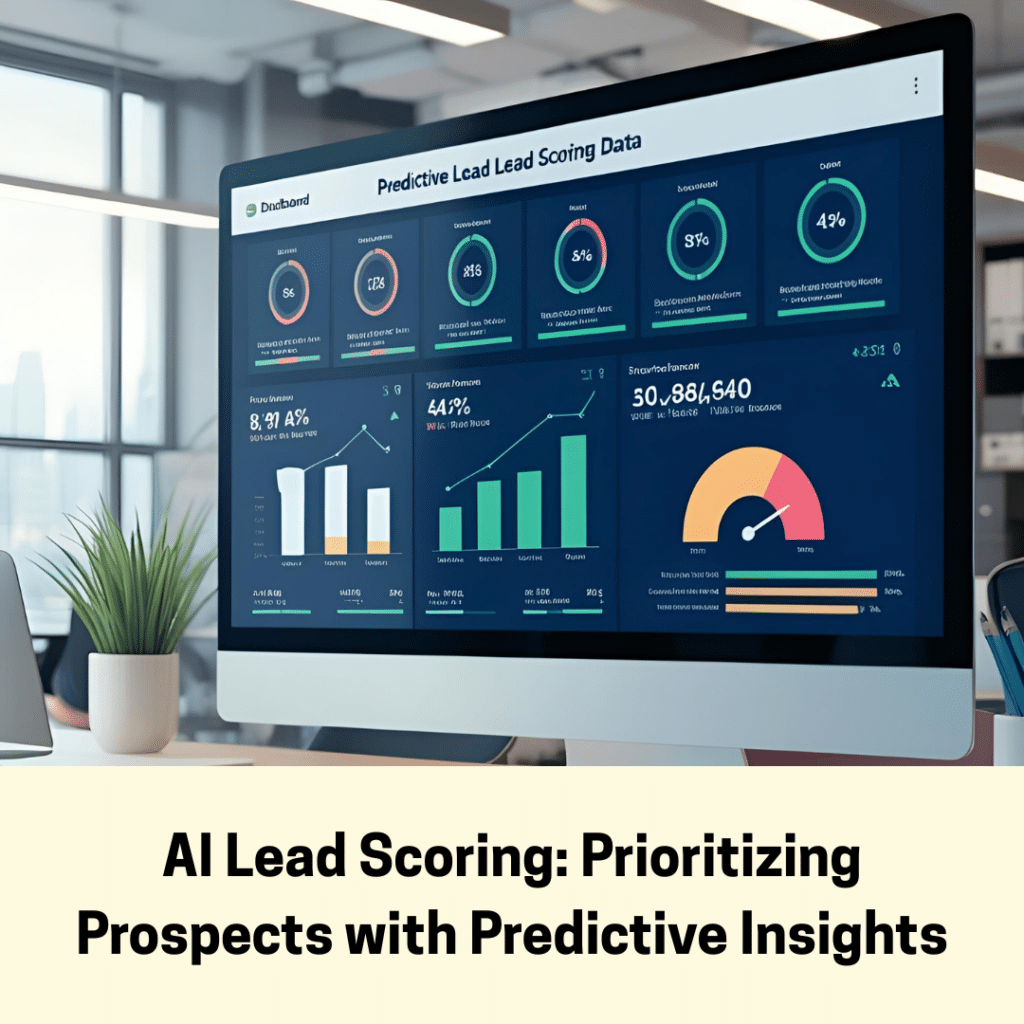The Trust Gap Dilemma
The trust gap between businesses and customers remains a critical issue today. According to a new report by Vodafone Business, AI can play a pivotal role in closing this gap. The survey, AI Helps Close ‘Trust Gap’ Between Companies, Customers, highlights how businesses overestimate the level of trust they receive from their customers. Notably, 62% of respondents trust organizations more when they use generative AI for day-to-day tasks. Consequently, AI can become an essential tool in bridging the trust gap.
Improving Predictions and Customer Experiences
AI-savvy businesses have a unique advantage. According to the survey, customers believe these organizations make more accurate predictions. This belief is crucial in fostering trust between businesses and their customers. To illustrate, using artificial intelligence for better predictions allows companies to deliver high-quality products and customer service promptly. Moreover, organizations using AI effectively can shrink the trust gap by nearly half, resulting in happier customers and better business outcomes.
Agentic AI: A New Frontier
Nvidia and Accenture’s collaboration signals a new era for businesses leveraging artificial intelligence. Through agentic AI, companies can enhance productivity and control labor costs more efficiently. Notably, this partnership aims to accelerate transformations within enterprises by scaling innovation rapidly. Thus, businesses are likely to benefit greatly from agentic AI’s unique capabilities.
Transparency and Human Interaction
Despite the advantages, trust issues persist. Many believe organizations could become less human by relying heavily on technology. Therefore, it’s essential to maintain transparency about artificial intelligence usage to foster trust. Businesses need to clearly communicate how technology affects their customers, which becomes an integral part of their strategy moving forward.
The Future of Trust and AI
Ultimately, artificial intelligence represents a double-edged sword. While it can significantly improve efficiencies and customer experiences, it also poses challenges in maintaining human interactions. Nonetheless, companies that embrace AI transparently and responsibly are more likely to bridge the trust gap. Investing in AI solutions while ensuring transparency may prove instrumental for businesses aiming to succeed in the future.



